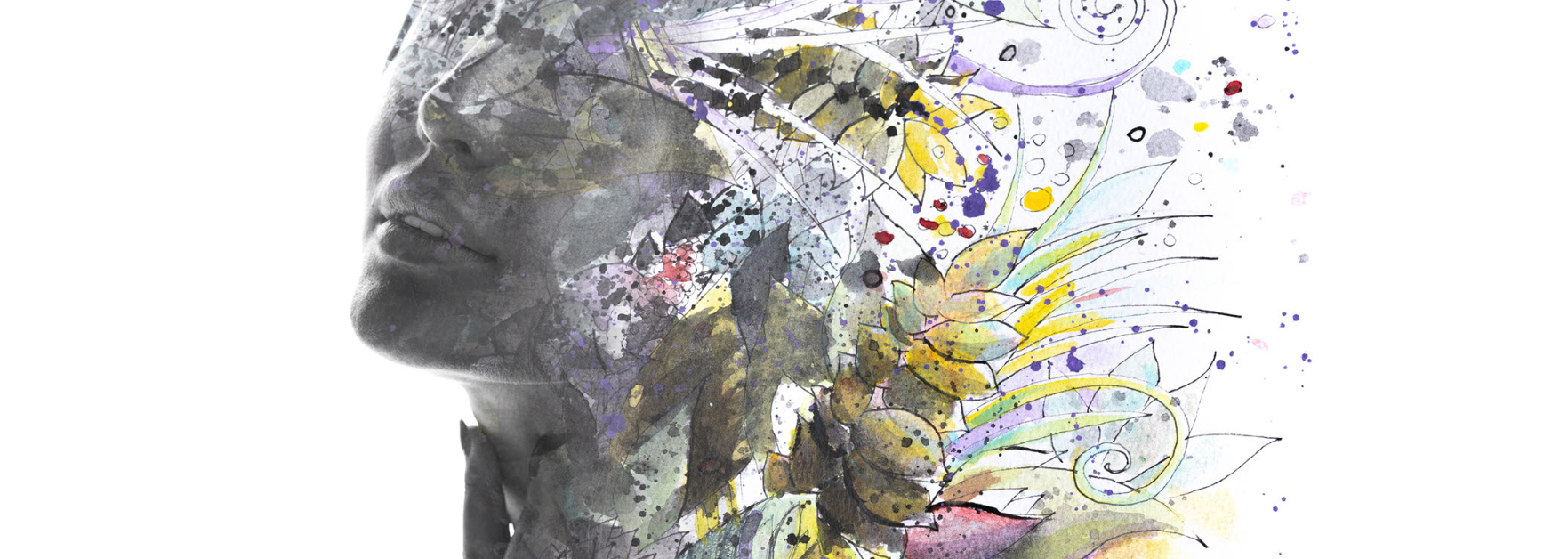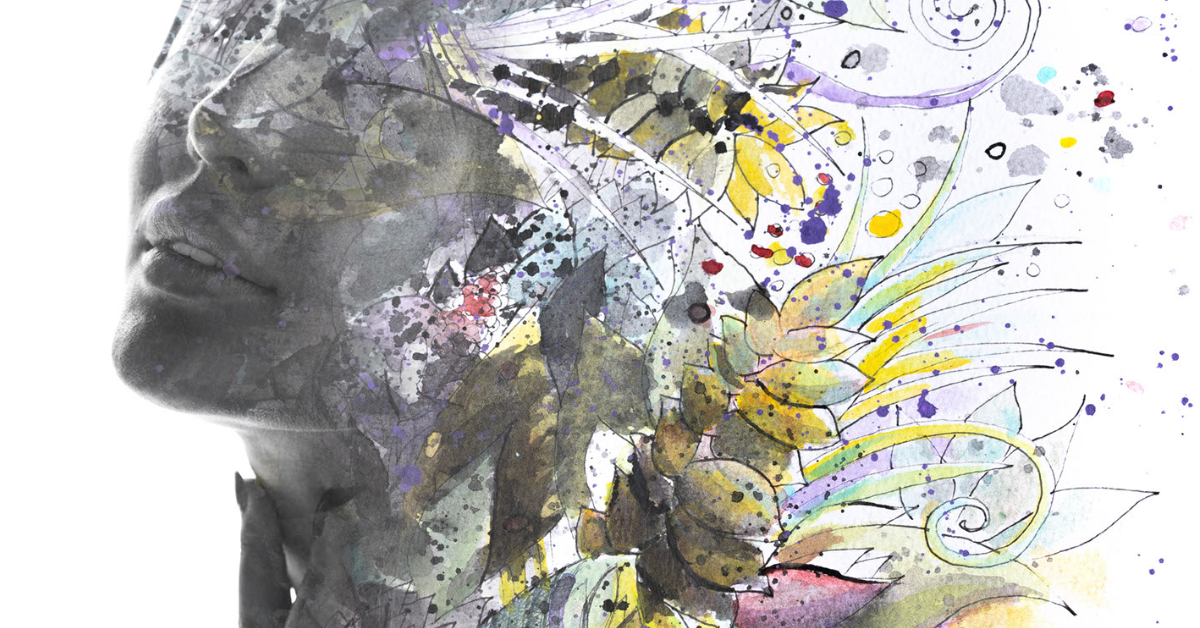Reviving Mi’kmaw Art
Artists: Megan Bateman, Alexa Bond, Isabella White, Rowan White, Abigail Young-Churchill
Organized by the Qalipu First Nation
Reviving Mi’kmaw Art shares a revitalization of elements of culture that were previously lost to the Mi’kmaq in this province. This exhibition honours knowledge sharing between generations while increasing awareness of the strong, vibrant presence of Indigenous culture throughout the lands now known as Newfoundland and Labrador. The exhibition brings together five emerging artists whose practices blend contemporary and traditional approaches. Each selected artist was given authentic opportunities for the transfer of traditional Mi’kmaw skills and culture by being paired with a mentor. Working with a mentor, each artist then chose work that best represents their skill in their art or craft, and will facilitate workshops within the Indigenous community to share their own knowledge.
This exhibition is on tour to locations throughout Newfoundland, including Stephenville, Corner Brook, Grand Falls-Windsor, Gander and St. John’s.
 |
 |
Sponsored by TD Ready Commitment and Qalipu First Nation
About the Artists
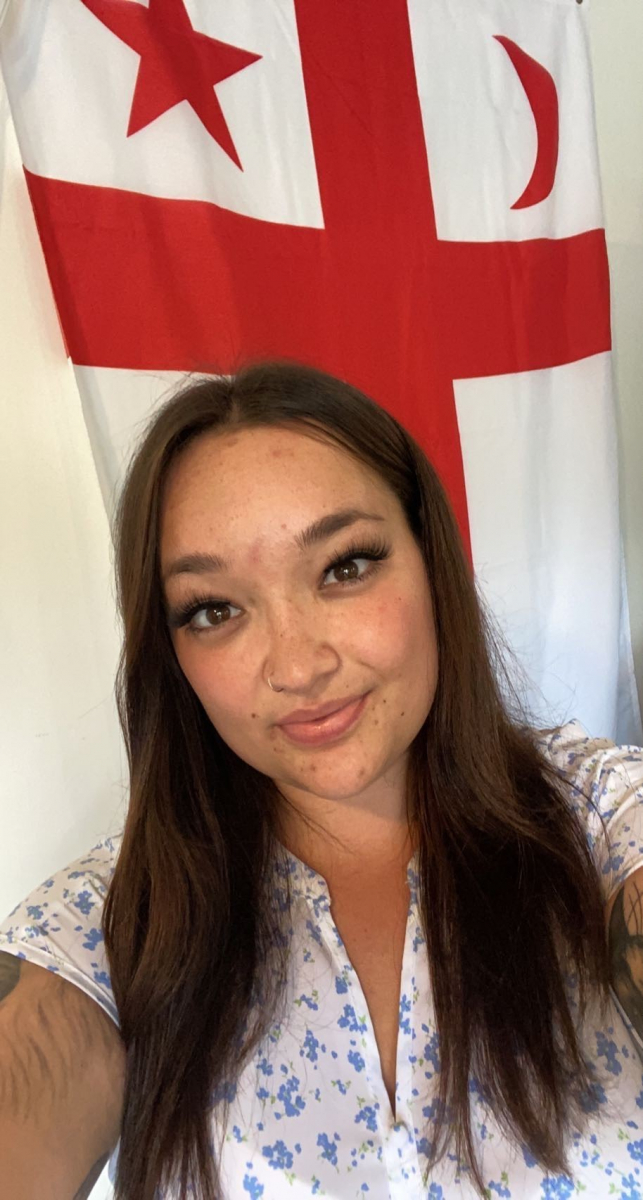
Abigail Young-Churchill
Abigail is a Mi’kmaw woman from Three Rivers, Ktaqmkuk (NL). Abigail has always had ties to her Mi’kmaw roots as she grew up hunting, fishing and foraging with her Elders. In recent years, Abigail has honed in on her creative side and become an artist working in multiple mediums.

Alexa Bond
Alexa is a Mi’kmaw youth and self-taught artist from Corner Brook, NL. She is a natural innovator who comes from a traditional family of hands-on makers and creatives. Alexa began beading during the pandemic, which sparked a desire to immerse herself in culture during an uncertain time. This introduction to arts inspired Alexa to continue learning from mentors and community members. As her knowledge grew, Alexa built her business, creating bold and dramatic products that creatively tie culture with contemporary style. Her overflowing passion has led her to learn other traditional craft practices including caribou tufting and quillwork.
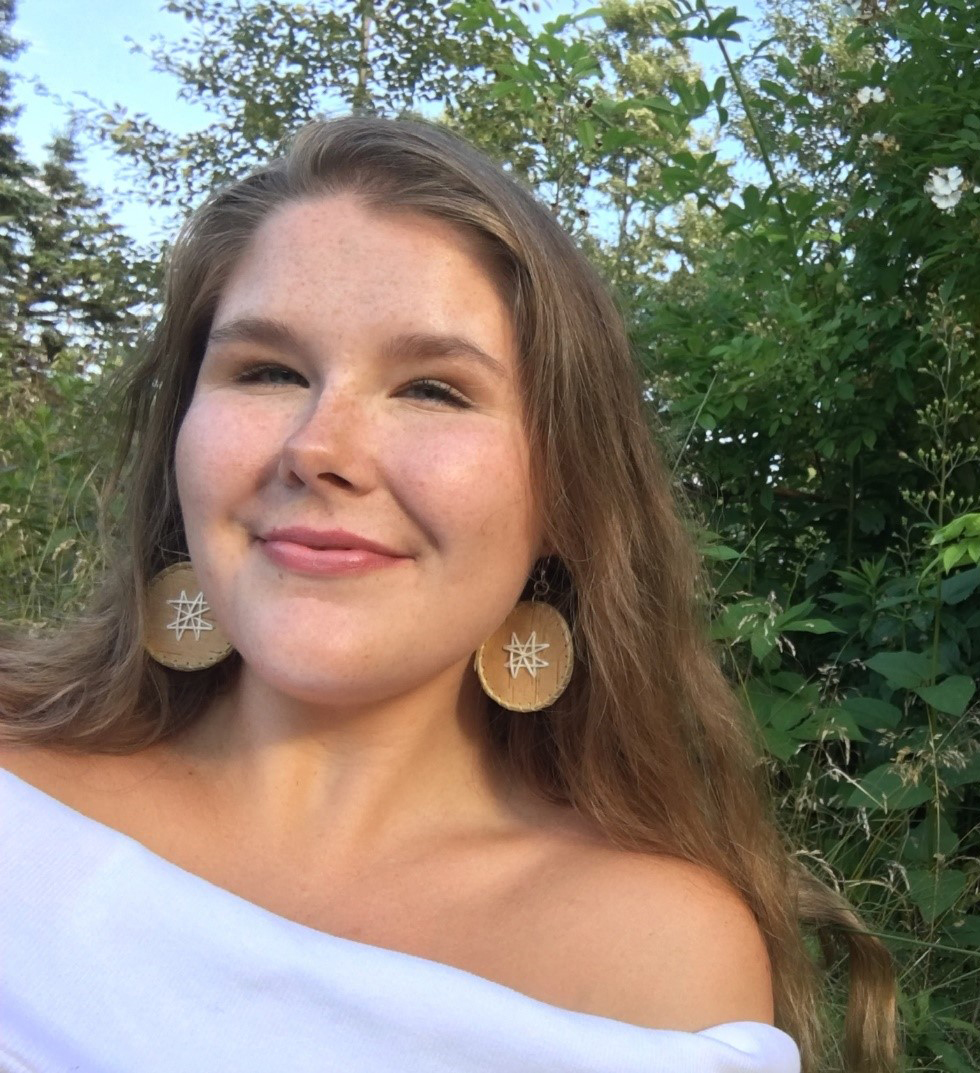
Isabella White
Isabella White is a L’nu artist based in Three Rivers, Ktaqmkuk (St. David’s, NL). She nurtures a creative practice by working with traditional methods and gathered materials. Isabella is guided by the seasons, natural cycles and shared teachings, with aims to honour all relations. She graduated with a Bachelor of Interdisciplinary Fine Arts from NSCAD University (2021), and was mentored by Nicole Travers in the art of tea tanning and leather making. Isabella is currently creating leather from cod, eel, trout and more.

Megan Bateman
Megan Bateman lives in Katalisk (Codroy Valley, NL) with deep roots in the areas of Nqanaqanik (Grey River, NL) and Sinalk (Port aux Basques, NL). She comes from a long line of craftspeople and attributes her passion for creating to a blood call from these ancestors as well as teachings from living family members. Megan is a beadwork artist and sewing enthusiast who is deeply passionate about hand sewing with fur and hide. Working with fur allows Megan to strengthen her relationship to the land and all our relations, as well as create sustainable, long-lasting and meaningful goods. When she is not busy being a social worker and homesteader, Megan is producing new creations and enjoys sharing her work as gifts for family and friends as well as through her passion project Black Dog Beadwork.
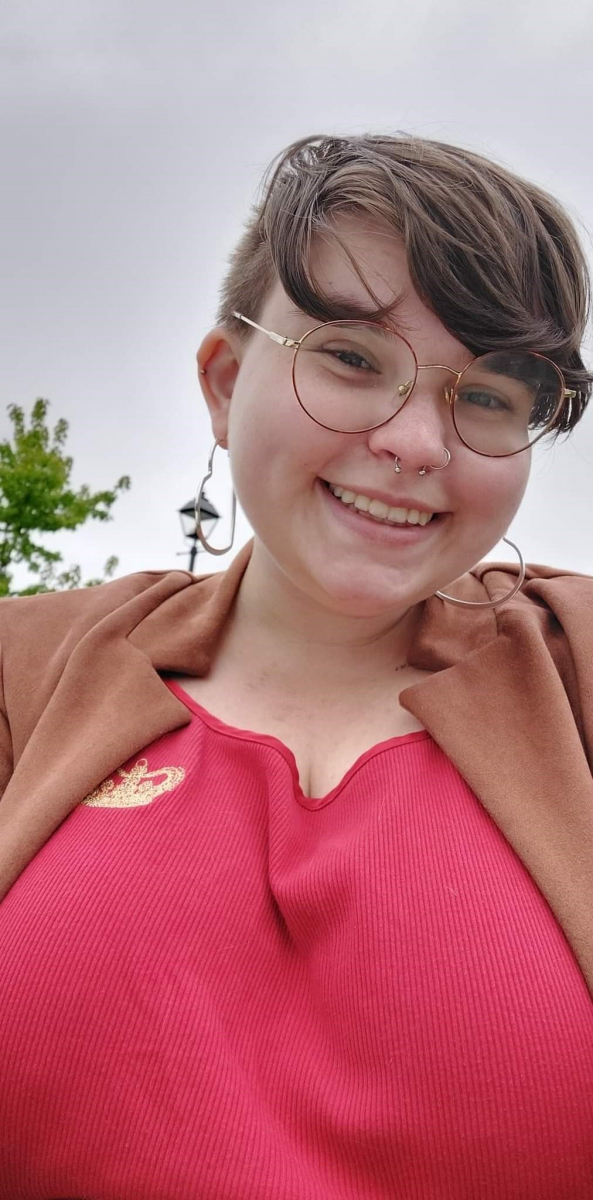
Rowan White
Rowan White (they/iel/nekm) is an actor, writer, musician, technician, designer and educator in the theatre and art world. Originally hailing from Newfoundland, they are a member of Qalipu First Nation, a tribe of Mi’kmaq on the island. They moved to Sackville, New Brunswick to attend Mount Allison University, where they are currently pursuing a degree in music and drama. They work for McSweeney's Dinner Theatre and Live Bait Theatre. As an artist, they aim to bring attention to different aspects of their identity—those that are often denied a seat at the table. Their art often explores their race and connection to it, their two-spirit identity, their body as both a fat and disabled person, and their queerness.

